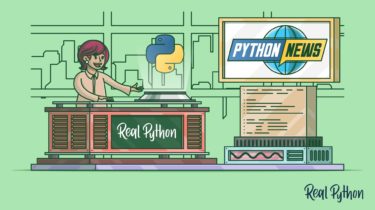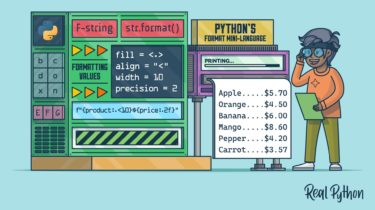Python Basics Exercises: Lists and Tuples
In Python Basics: Lists and Tuples, you learned that Python lists resemble real-life lists in many ways. They serve as containers for organizing and storing collections of objects, allowing for the inclusion of different data types. You also learned about tuples, which are also collections of objects. However, while lists are mutable, tuples are immutable. In this Python Basics Exercises course, you’ll test and reinforce your knowledge of Python lists and tuples. Along the way, you’ll also get experience with […]
Read more



